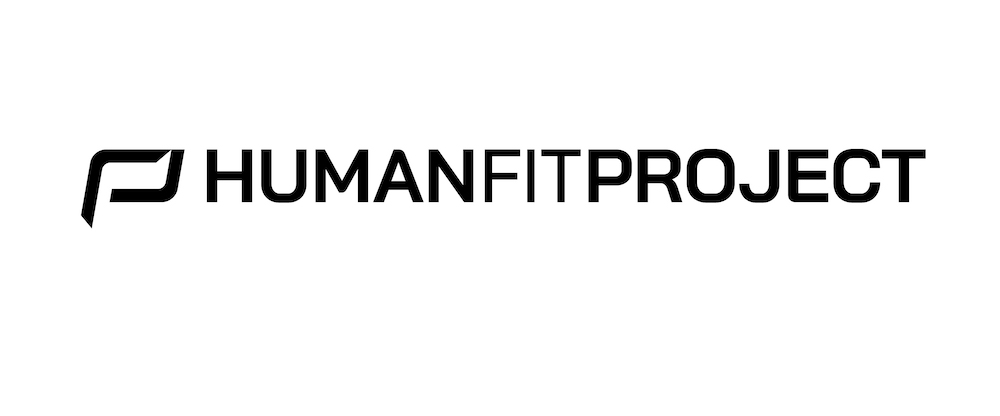Recovery is the one thing most of us forget to schedule into our workouts. But when we forget that single factor, we can find out it is the one thing holding us back from breaking through that barrier. To put it simply: exercise is purposely breaking down our body to prepare it for more load – meaning we break it down to make it stronger. This time to recover is where we give our body a chance to rebuild from breaking it down during exercise. Without proper recovery, our body will never be able to build upon what was broken. Below are 5 of the best recovery practices that will help you get closer to those goals.
Hydrate and proper nutrition.
Rehydration and proper nutrition begins immediately after your workout ends. Your body is depleted of glycogen stores, it has been broken down from exercise and it looking for nutrients to begin the recovery process. We have all read that there is a certain time to get in those nutrients, some say 60 minutes, some say 30, and some say even shorter. The truth is, you want to get in clean high glycemic carbs and a easily digestible form of protein as soon as you can. The sooner the better, this is the time when your body is hungry for nutrients to begin recovery. You also want to begin replacing water lost – a great way to know how much water to replace is to weigh yourself before and after a workout. Replenishing 1L of water for every pound lost. Continue to re-hydrate and refuel every 2 hours for the next 6-12 hours switching back to a low-glycemic carbohydrate and healthy forms of protein while keeping up water intake.
Ice baths/contrast.
Jumping into a tub filled with ice and water at first sounds like a ridiculous idea and that you’re just setting yourself up for one of those hypothermic horror stories. However many athletes and coaches use this method of recovery to aid in flushing in fresh and new blood. Recent studies have shown that this method can aid in the recovery process by causing the vessels in the body to constrict blood flow while in the icy mix followed by reopening the pathways when coming out. Climbing from an ice bath to a warm pool and moving back and forth between the two opens and closes these vessels to farther help flush in more blood and more nutrients. Either of these methods can be done for 10-15 minutes and can make for some great bonding time or self-visualizations.
Sleep.
Sleep is another factor that we seem to take lightly but is one of the most important practices for recovery. When we get the proper amount of sleep, our body has a lower amount of the stress-inducing, catabolic hormone cortisol and that means faster recovery times. Growth Hormone levels also increase during sleep and that growth hormone is important for testosterone levels and healing. One of the biggest factors in getting enough sleep is that hunger is also tied to sleep,studies have been shown that when we are sleep-deprived, we tend to eat not only more food, but worse food. When you eat more and worse food, it is like putting old gas in a car you are driving across the country after you’ve never changed the oil. It’s this combination that will cause your body to quickly break down. How many hours of sleep we need per night for our best recovery varies from person to person, find out how much sleep you need by trying different lengths to know when you feel the most rested.
Stay active.
Although we are talking about recovery and rest, that doesn’t mean you take the opportunity to sit around and not do anything. Of course there will be some days that you can, but one of the best recovery practices is to stay active. An active recovery simply means to do something that gets you moving, but its not strenuous. It’s enough to slightly raise your heart rate and get your blood flowing and muscles working, but not enough to cause you to get out of breath or sweat. Active recovery has been shown to be one of the most effective route for recovery.
Massage/foam roll.
Wouldn’t it be nice to treat ourselves to a nice massage? By getting a massage you are helping your body loosen up any toxins or knots in your muscles you may have while getting your lymphatic system and blood bringing in fresh nutrients. Massage therapy has also been proven to increase the cells known for mitochondrial production and reduce inflammation. If you want to add in an extra day of recovery and treat yourself to a massage, then go ahead and reward yourself for your hard work.
This content was originally and exclusively published on HUMANFITPROJECT.com







